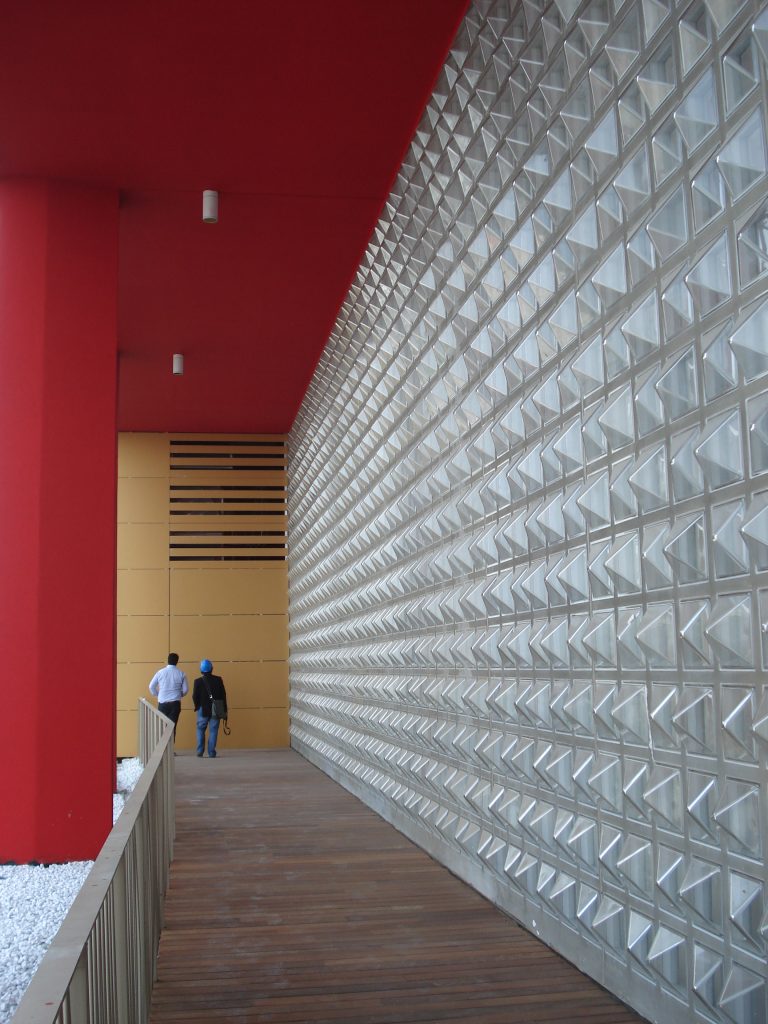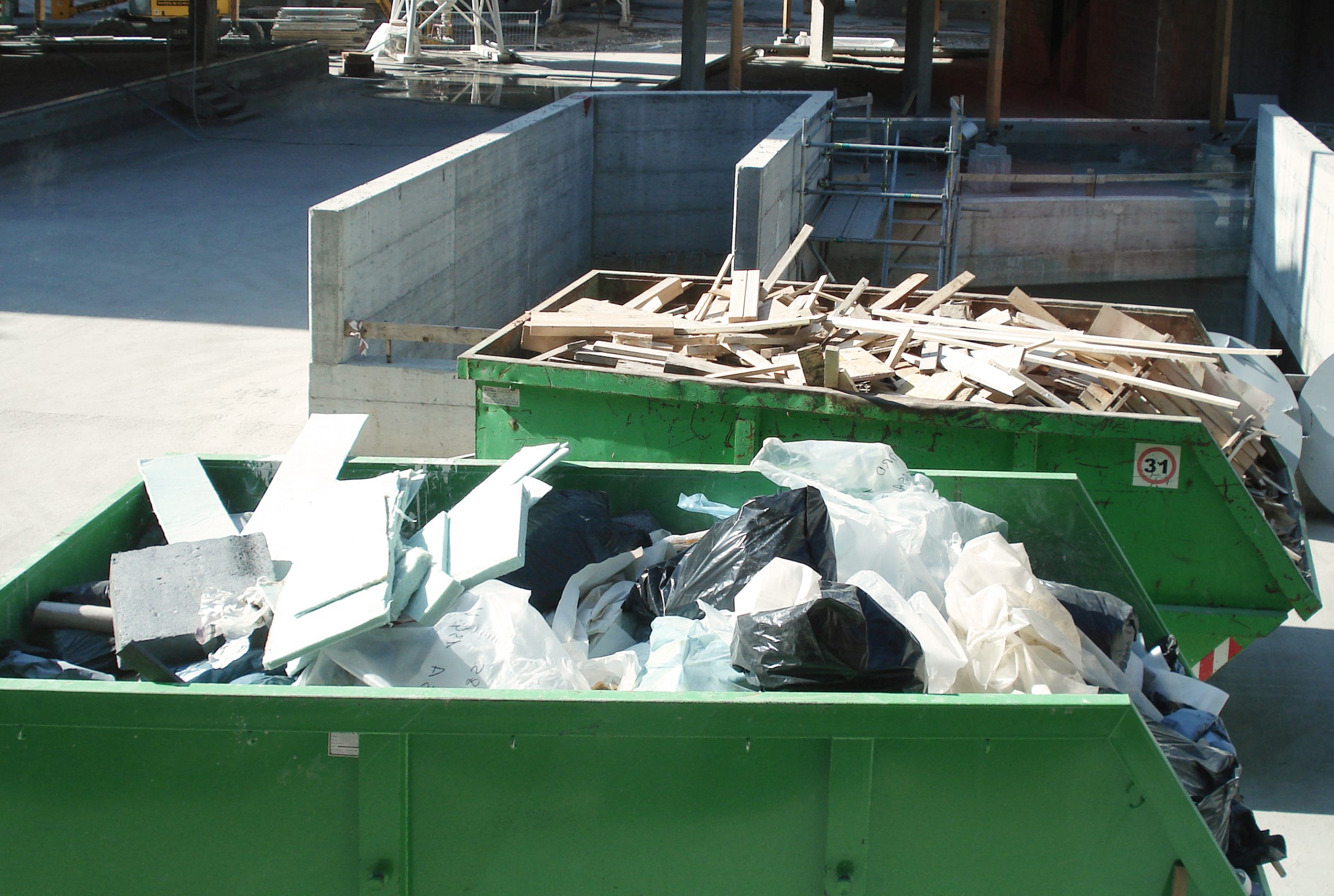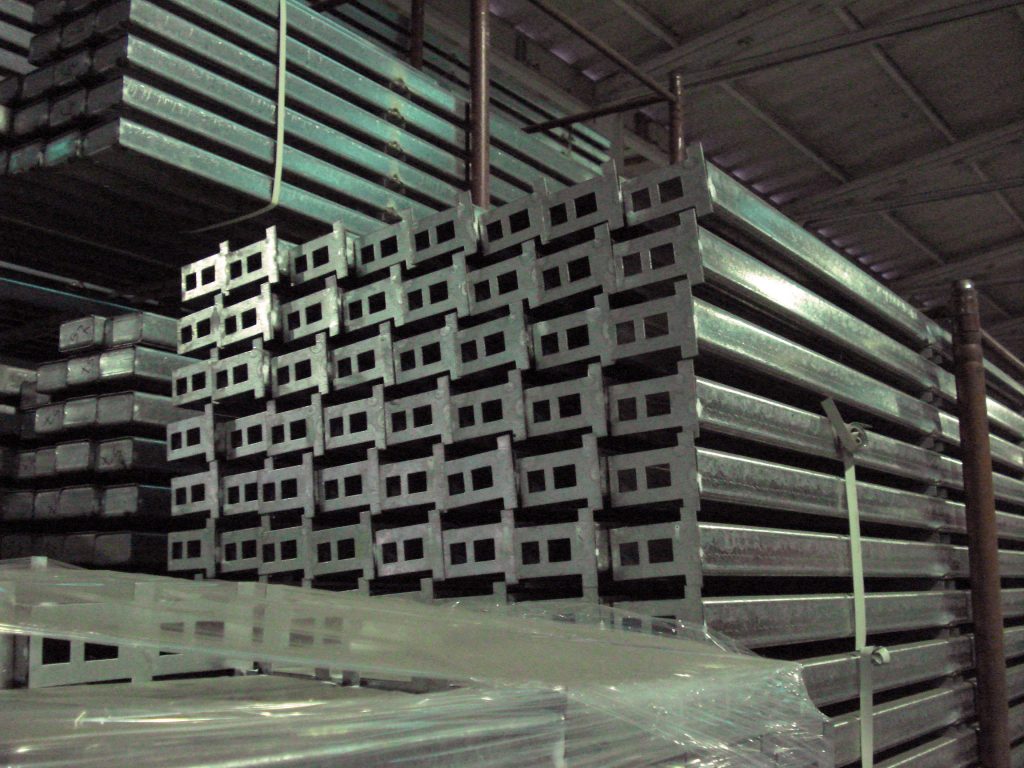About the research
The research aims to go beyond recycling and downcycling processes, promoting a solution that preserves its value.
Key themes
- Applying regenerative circular economy in the building sector, in particular in tertiary sector buildings characterized by rapid obsolescence and temporary uses.
- Experimenting strategies of re-manufacturing and re-use, considered winning strategies as they can keep building components and their embodied materials in use for longer with the double benefit to reduce impacts (by reducing raw materials and energy for new products and generation of waste for dismissed products) and to consume low quantities of energy for their processes.
- Developing new organizational, operative and business models for re-manufacturing and re-use in the building sector through transfer processes from other more mature sectors..
- Creating new skill profiles, jobs and business opportunities based on re-manufacturing and re-use practices supported by networking and sharing strategies..
- Improving circular practices, applying Life Cycle Management and sustainable approaches (Sustainable Product-Service Systems).
Parole chiave
- Remanufacturing
- Reuse
- Circular economy
- Building Sector
- Circular Business Models
- Organisational Models for Remanufacturing
- Organisational Models for Circular Economy
- Life Cycle Approach

goal
- To reduce waste deriving from the tertiary sector, characterized by rapid obsolescence and temporary use of space
- To keep the economic value of building components
- To promote re-manufacturing and reuse as more sustainable recycling strategies
- To improve the competitiveness of the various categories of stakeholders in Lombardy, transferring new organizational and business models to the construction sector
- To define and to support new jobs and professional skills
business model innovation
New forms of the building materials market
Currently, the most promoted circular strategy in the built environment is recycling.
Recycling is often about the downcycling process.
Re-NetTA research aims at go beyond recycling and downcycling processes, promoting a solution that preserves its value.
The Ellen MacArthur Foundation and the CE100 network (2016) suggest the six actions, within the "ReSOLVE framework" (Regenerate, Share, Optimize, Loop, Virtualise, Exchange), to guide the transition towards acircular economy of the built environment, highlighting the goal of keeping resources in cycles, creating new uses for materials.
This approach can open up new forms of a building materials market and has the potential for developing business model innovations.
The research puts some of these tips into practice.

Flexible design
BAMB (2017) indicates the frequency with which the different categories of products become available for potential reuse, based on the construction system of the six S by Stewart Brand (1995) in relation to the different types of intervention.
- Site (geographical context): eternal;
- Structure (bearing elements): from 30 to 300 years;
- Skin / Shell (building envelope, facades): 20 years;
- Services (HVAC systems and moving parts such as elevators): 7 to 15 years;
- Space plan (division of space, internal division): 3 years;
- Stuff (furniture, appliances, objects): from daily to monthly.
Most of the products and materials that become available are for short-term systems.
The research focuses on short-term components with a useful life less than 15 years: interiors, services, equipment, furnishings and fittings.
Usually these components are renewed in any type of intervention on existing buildings and represent potential waste (to be converted into new resources). The research is applied considering a specific field of interest (tertiary sector and "temporary use"), which generates a large amount of waste.
Closing the loop
To close the material / component cycle, are encouraged strategies such as re-use, re-purpose, re-conditioning, re-manufacturing and re-cycling.
According to the standard BS 8887-2: 2009 the re-use is the operation by which a product is put back into use for the same purpose at the end of its life, while the re-purpose considers a new use of the product in a new role that differs from the original purpose for which it was designed. The re-conditioning involves returning a used product to satisfactory working condition by rebuilding or repairing its major components. The re-manufacturing is the operation by which a used product returns at least its original performance with a guarantee equivalent or better than that of the newly manufactured product. The re-cycling concerns the process by which waste is transformed into a secondary material to fulfill its original purpose or other purpose.
In terms of value, remanufacturing is the only process that returns a product with a value equal to or greater than the original product.
The research focuses on re-manufacturing as an opportunity to maintain or increase the value of construction products.
However, re-use, re-purpose, re-conditioning, and re-cycling are also considered as potential strategies to maintain the value of the product over time.
Business models, sharing economy
To implement the circular economy paradigm, a fundamental aspect is represented by the design of effective business models, understood as the organizational and management structures through which value is created within the value network (Osterwalder and Pigneur, 2010).
In a circular business model, the conceptual logic for creating value is based on the use of the economic value retained in products after use in the production of new offers (Linder & Williander, 2017). At a first level, the deployment of the circular business model paradigm in the construction sector requires a profound change in the behavior of the actors, to realize the “disadvantage” of ownership. New collaborative business models can allow "access to" rather than "ownership of" products, increasing the use of capacity and therefore the efficiency of the resources used. Relevant examples from this point of view are provided by other sectors of application of the so-called sharing economy (e.g. Arena et al. 2017).
In this regard, it should be emphasized that nowadays there is no complete framework to support organizations (of any kind) in the design of circular business models.
The research aims to understand how successful business models applied in other sectors can be implemented in the construction sector.
Business Models: video extracted from the introduction to the round table 01 sector Fittings held Wednesday 01 July 2020.
S.PSS and
Life Cycle Thinking
Product manufacturers may not always have an economic incentive to adopt strategies to reduce the environmental impact of the product, for example by adopting reuse, but sometimes they are interested in speeding up the replacement to sell more products, thus increasing profits. Sustainable product-service systems (S.PSS) are "an offer / business model that provides an integrated mix of products and services that together are able to satisfy a particular customer demand ("satisfaction unit"), on basis of innovative interactions between the stakeholders of the value production system (satisfaction system), where the ownership of the product(s) and / or its life cycle responsibilities remain in the hands of the supplier(s)" (Vezzoli et al. , 2014). The S.PSS models are based on radical innovations, not so much on technological ones, but more on new interactions / partnerships between the stakeholders of a particular satisfaction chain (life cycle(s)). The research will propose the transfer of the S.PSS models (defined in the field of industrial design) to the construction sector.
This new vision is closely related to Life Cycle Thinking (LCT): a complete analysis and change of processes related to the product life cycle are necessary for sustainable development. Life Cycle Assessment (LCA) and Life Cycle Cost (LCC) are the support tools for the decision-making process, evaluating the environmental and economic impacts of the strategies (Lavagna, 2008).
The research applies Life Cycle Thinking and will use LCA and LCC as support tools during the Life Cycle Design (LCD) of new models, rules and procedures to support innovative Life Cycle Management (LCM).

